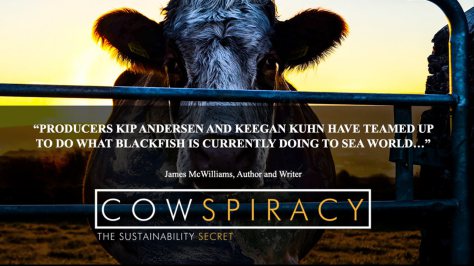livestock production
-
The once gin clear Deschutes River near Bend, Oregon is now a pea-green or dirty blonde due to irrigation degradation of the river. Photo George Wuerthner This past week I hiked along the Upper Deschutes River. It was a pea-green color, or maybe you might say dirty blonde. Whatever adjective you like, the Upper Deschutes…
-
A number of years ago Bay Nature published a couple of pieces promoting livestock production in California. I responded with a critique of the articles. I continue to hear the same arguments today with various individuals and organizations promoting “regenerative” grazing, “grass fed beef” and livestock as a “tool” to reduce wildfires, among other alleged…
-
Cattle grazing Grand Staircase Escalante NM, Utah. Photo by George Wuerthner Livestock production is one of the most ubiquitous human activities around the globe. It is particularly detrimental to arid lands, and much of the western public lands are arid. Typically most livestock advocates, which also includes far too many conservation organizations, focus on one…
-
Juniper removal below Abert Rim, Oregon Photo by George Wuerthner The Bureau of Land Management (BLM) is now taking comments on a massive vegetation project for the Great Basin and adjacent areas of the Colorado Plateau. The PEIS for Fuels Reduction and Rangeland Restoration in the Great Basin (the Fuels Reduction and Rangeland Restoration…
-
Senator Wyden and Senator Merkley have introduced the ‘‘Malheur Community Empowerment for the Owyhee Act’’ (MCEOA). The senators can be commended for taking on such a controversial issue and trying to find a solution to public lands protection. While the bill would designate more than a million acres of new wilderness, and among other positive…
-
With much fanfare, as reported in the Great Falls Tribune, the Montana Sage Grouse Oversight Team announced that it will bequeath more than $1.5 million for a 18,033-acre conservation easement on the 44 Ranch west of Winnett in Fergus and Petroleum Counties. Ostensibly, the state money, as well as additional private and federal government…
-
The bull trout, a char, is listed under the Endangered Species Act as threatened in the lower 48 states. It has been extirpated from about 60 percent of its natural range. Worse, like many native salmonids, it is primarily found in headwater streams with little connectivity to larger river systems. The bull trout is a top apex predator, and as a…
-
COWSPIRACY: THE SUSTAINABILITY SECRET VIDEO HITS A HOME RUN I recently had the pleasure of viewing new video of Kip Andersen and Keegan Kuhn Cowspiracy: The Sustainability Secret. The basic question these two film makers ask is why the contribution of livestock to ecosystem degradation is missing from the world’s environmental agenda. To find the answer…
